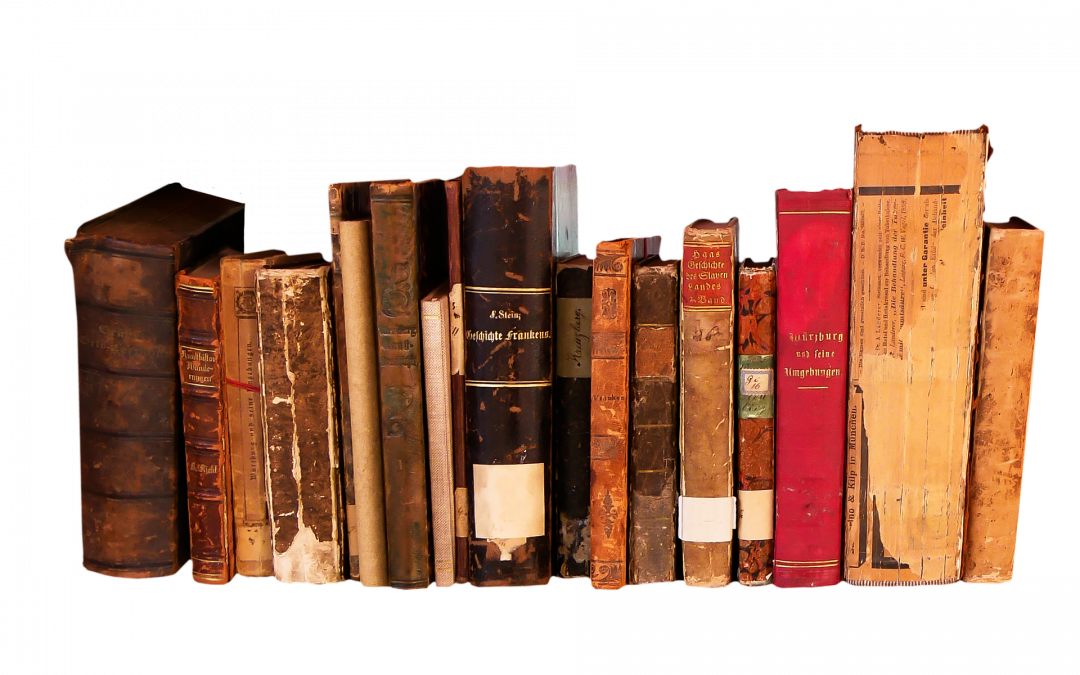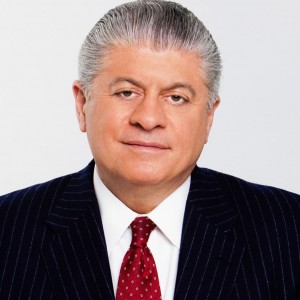In a week, the Supreme Court will decide if it will consider diminishing long-standing protections for the freedom of the press. Here is the backstory.
In 1964, at the height of the Civil Rights movement, the Supreme Court unanimously reversed a jury verdict by an Alabama state court and in doing so changed the law of defamation in such a manner as to enhance substantially and materially the freedom of the press.
The case was Times v. Sullivan, in which the police commissioner of Montgomery, Alabama, sued The New York Times for publishing a full-page advertisement that, he argued, though it did not mention him by name, had defamed him.
The libel law in Alabama and all states at the time permitted an aggrieved plaintiff to recover damages from a publisher for a defamatory inaccuracy in a publication by showing simple negligence.
In the advertisement about which Commissioner L.B. Sullivan complained, there were some inaccuracies, and so the Alabama Supreme Court upheld his half million-dollar verdict. The Times appealed to the U.S. Supreme Court. In reversing, the Supreme Court ruled that when a public official is the plaintiff in a defamation case, the First Amendment is implicated since the press is the eyes and ears of the public, and the public has the right to know what the public official is doing.
This was a radical and judge-made change in defamation law. The court held that, to safe-guard transparency about government and to protect free speech about public officials, a higher bar than simple negligence was needed. The court fashioned a bar called “actual malice.
Actual malice requires that the plaintiff who is a public official prove by clear and convincing evidence that the offending piece was published with knowledge of its falsity or with reckless disregard for whether it was true or false. This bar is so high that it has rarely been met in any trial court, state or federal, since the Times v. Sullivan case.
Many of my colleagues in the constitutional law community, particularly those on the right, have criticized this decision because it was crafted out of thin air by nine justices, rather than debated and legislated by Congress or state legislatures.
As a conservative law student in the mid-1970s, I was a harsh critic of judges creating laws. To me at the time, the Times v. Sullivan case was analogous to the court putting its thumb on the scales of justice on the side of a liberal press.
Today, as a libertarian legal scholar and commentator, and a former judge, I rejoice in this decision as perhaps the greatest defense of a free press in American history.
The Times case implicates two profound value judgments. The first is protection of a free press and the second is the role of the judiciary when liberty clashes with power.
The Times case and its extensive progeny recognize the Madisonian proposition that the whole purpose of the First Amendment is to encourage open, wide, robust, even caustic and unbridled speech about the policies and the personnel of the government. Its companion purpose is to keep the government entirely out of the business of speech.
In respect of these values, the Times case has worked to the fullest. It has removed the fear of criticism of public officials by the public and the press. It lets everyone, from the average Joe to the largest media companies in the world, think as they wish, say what they think and publish what they say.
Without this protection, the public discourse on everything from abortion to immigration, from taxes to foreign policy, from President Joe Biden’s mental acuity to former President Donald Trump’s character traits would be dumbed down and only whispered because of fear of litigation.
And the case cuts both ways. If, for example, one were to express a caustic opinion about Biden or Trump or any public official, they each have a huge megaphone, so to speak, with which to rebut their critics. In the give and take between critics and targets, the public watches, listens and learns if the target is a person worthy of its political support. Americans have benefitted immeasurably from this process.
The other value underlying the Times case is the Jeffersonian view that our rights are natural because they come from our humanity, which is a gift from God. The ratifiers of the Declaration of Independence and the Bill of Rights agreed. So, what to do when a legislative body or a jury tramples these rights — say, by punishing speech?
This is where an independent judiciary comes in. The whole purpose of an independent judiciary, to paraphrase Harvard’s professor Laurence Tribe, is to be anti-democratic — to preserve the rights and property of the minority (it could be a minority of one) from invasion by the majoritarian government. Stated differently, since our freedoms are natural, freedom is the default position.
That means wherever there is a clash between liberty and power, because liberty is the natural starting point and power is artificially imposed by force, the benefit of the doubt — the judge-made rules of procedure — should favor liberty.
Regrettably, this bias for liberty over power only exists with respect to the First Amendment. Yet, whenever the government wants to take life, liberty or property from any person, or permit others to do so, that person should enjoy the benefit of the pro-personal liberty bias of the Declaration of Independence and the Bill of Rights.
Later this month, the Supreme Court will announce whether it will revisit Times v. Sullivan in an effort to undo it. If it does undo it, it will crush the freedom of the press as surely as any petty tyrant has done who can’t stand the heat. It will dumb down our public discourse in favor of those in power. We will have a press afraid to be free.
Judge Andrew Napolitano




